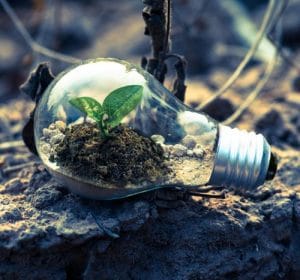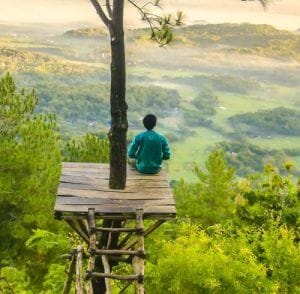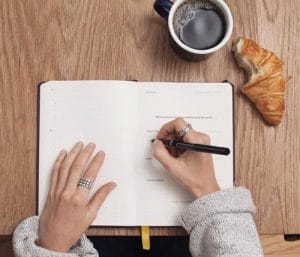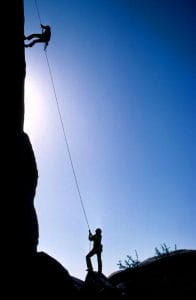
Due to the overwhelming response from the participants of our Body Reset workshops, we decided to bring some of the building blocks to those of you who didn’t attend. In this way, through simple exercises, we want to help you to achieve your goals and grow in different areas, but most importantly, to maintain your energy, youthfulness and vitality.
The “Body Reset” workshop is unique even on a global scale. It is probably the only one in the field of “well-being” that has a success rate of more than 99%. This means that so far, all but one of the participants who have completed the programme have confirmed that “Body Reset” has met their expectations and that they are satisfied with it.
What’s more, it is probably the only programme of its kind in the world for which every single participant has contributed testimonials or feedback… and every last one of them is positive. (Including the one from the lady who said that the programme did not live up to her expectations. She wrote to us a week ago to say that she is still doing the exercises three years after the workshop … and that “Body Reset is the law”, to use her words.)
The most effective approaches to maintaining energy, youth and vitality

We have run the workshop enough times over the last three years to know exactly which exercises are most effective. Through numerous repetitions and feedback, we have simplified, adapted and adapted them for everyday use, with the aim of maximising their impact with optimum energy input.
Of course, you can’t do without work. But not without a time investment. But the benefits of doing these simple exercises more than outweigh the effort!
Let’s stop there. Already at this stage, we may encounter the first obstacle when we think about the way forward. The mind may tell us that we just don’t have the time to do something like this – to do certain activities with the aim of achieving the desired results.
Rather than getting into arguments and fighting with ourselves about whether or not we might still have a spare minute in the day, I suggest we check it out. (By the way, this is also one of the guidelines of the Body Reset workshop: as little theory and “philosophising” as possible, and as much effective action as possible.)
So let’s do a simple exercise that can open our eyes wide to our own productivity and efficient use of time.
The task is. Choose one day and keep track of how much time you spend on unproductive things during the day when you are not at work. A “scientific approach” would be to help yourself with an alarm or signal that goes off at short intervals. For example, you can activate an alarm function on your smartphone that will remind you with a short beep every 15 minutes. Once you have done this, you are ready to do the exercise.
Choose an average day during the week. When you get home from work, set the alarm. Every time you hear the signal – that is, every 15 minutes – make a note of what you are doing. You can record yourself in a voice recorder, write it down on your phone, on a piece of paper or similar. How and where you take notes doesn’t matter so much. The key is to be able to see exactly what you did from your notes later.
At the end of the evening, turn off the alarm and review your notes. The notes will serve as a reminder to help you mentally “walk through” the afternoon and evening. (By the way, you can do this exercise from morning to evening on your days off.)
The notes will give you a clear idea of what you were actually doing and for approximately how long.
If you find this approach too extensive, you can spend just a few hours on the exercise; perhaps two or three.
The second way is simpler, but also less precise or more error-prone: at the end of the evening, go through the afternoon and evening in your mind and write down what you did for about half an hour. For example, what you did from 17:00, at 17:30, at 18:00 and so on.
Productive use of time starts with a decision

The first observation you are likely to make is the huge potential for unused time. Or, to put it more bluntly, you are likely to realise that you have a lot more “free time” than you might have thought. Well, at least that’s the experience of the practitioners of this exercise so far…
The next challenge will be to ask: Which things that you have recorded or do – probably several times, if not every day – are considered productive and which are considered unproductive? For example, is watching videos on a YouTube channel productive or not? What about social media monitoring? Walking, resting or lazing around? Reading a magazine or a book?
Everyone has their own criteria and views. On the other hand, we also have different levels of self-criticism. Some people actually want to see their own patterns that are hindering them on the road to an improved version of themselves, while others are put in a bad mood by pointing out their habits and untapped potentials – not to say shortcomings. So the degree of openness to criticism is also one of the important factors.
In the end, what counts is how much we are willing to use this information to achieve a goal or result. We can be willing to hear anything about ourselves, including unpleasant news. But if we have a whole bunch of “logical reasons” (read: excuses and justifications) why it is better not to embark on a new path, the whole operation will not bear much fruit.
Either way, the main aim of this exercise was to discover how much free time we have left in the day. Hand on heart, everyone can find at least a few dozen minutes … plus the option that is always available: getting up a little earlier in the morning. (If we don’t sit in front of the TV in the evening, or have a pattern of doing important things late into the night, there is a very real chance that even waking up early, we still get enough sleep to wake up refreshed and sleepy.)
Key question: motivation to change

Then comes the “real” question: do we have the inspiration, the will and the enthusiasm to do something new?
That is something for each individual to answer for themselves. The answer depends on our priorities or the importance we attach to the new path and the results. In short, it is about our desire, motivation and commitment to the goal.
But we are not done with the challenges yet. There is another one lurking in the background that we often forget about … or unwittingly sweep under the carpet. Many times, the reason we don’t take up a new activity is not because we don’t believe in it. Or not trusting the teacher. Or a lack of time or resources.
We don’t take action because we don’t trust (enough) – ourselves. Somewhere deep in our subconscious we doubt whether we are capable enough … worthy enough … whether we deserve change and progress at all. And at the forefront are the questions of what others will think of us and what we have to lose if we fail.
The fact is that with every new advance comes a new responsibility and perhaps even a new outlook on life, which will bring with it a whole new set of changes. What if we lose what we have now … or even our current identity? If we have to prove and validate ourselves all over again? Or, for heaven’s sake, if we find that the new way is not for us, we will no longer be able to go back to the old way – and will lose old friends and positions as a result?
Many times, these are the real reasons that keep us from new paths and activities – self-doubt, the “new you”, and anxiety about the possible loss of what we have and the reaction of those around us.
Where is the solution? Before new beginnings, don’t think so much about the activity itself. Rather, look for inspiration to make a decision. (If you have taken the “25days” course, you will remember a great example of initiatory energy, described through the story of Mother Teresa’s decision to leave the comfort of the convent and, completely alone and without any resources, to surrender to her vision and “inner call”.)
Once you have made up your mind – really made up your mind – everything will fall into place. Or, as they say: “It is difficult to do something 99% of the time. But to do it 100% is easy.”
The stronger the desire and the more we see the activity as a path to a solution – while loving ourselves enough to allow ourselves a new life – the faster, easier and more joyful we will slide into change.
If it’s not so easy, you can get some support from the side. For example, get together with a group of like-minded people, or even get a partner to walk the path with you.
In the next article, we will look at one of the key exercises of the first building block, which is introduced to the participants of the Body Reset workshop and brings great results right away.
Boris Vene and the “Body Reset” team
PS: Everything you have read in this article comes from the philosophy that Body Reset participants learn. And what are the consequences? Almost everyone reports increased discipline, increased confidence in life, increased self-confidence, increased optimism… Apart, of course, from the very concrete results that have followed as a result of implementing the building blocks of the Body Reset workshop.
Sometimes it really is enough just to take the first step. Then let it carry you forward.
